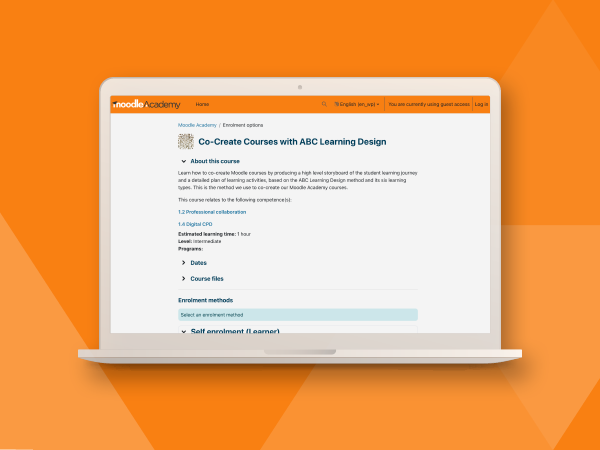This month we continue our Universal Design for Learning series by taking a look at how you can use three Moodle activities.
Universal Design for Learning (UDL) is an educational framework that aims to make learning accessible, inclusive, and challenging for all learners. To do this, UDL encourages you to offer multiple ways of:
Engagement – motivating and involving students in different ways.
Representation – presenting information in various formats (e.g., visual, auditory, text).
Action and Expression – allowing students to demonstrate what they know in different ways.
Engagement
One example of using UDL to increase student engagement is through the use of the Glossary activity within Moodle.
Glossaries are a good way of explaining key terms to students, and are particularly useful for students new to the subject area or whose first language isn’t English.
They can be used in two ways in Moodle, the first is where you as the lecturer provide the explanation of key terms for students.
The second, which ties in with the Engagement principle, is to create a Glossary where students are encouraged to contribute their own entries, and to work together to add key terms that they feel are important. This shifts students from being passive recipients of your knowledge to being active participants in the learning process.
For example, in a photography course, the lecturer could create a Glossary called “Key Photography Terms”, and then assign each student a term to define and explain in their own words, which is then added to the page. Glossaries can allow students to add text, links, audio, and video content. Students are then learning from each other, and are more likely to engage with the activity if it’s something that they have created.

